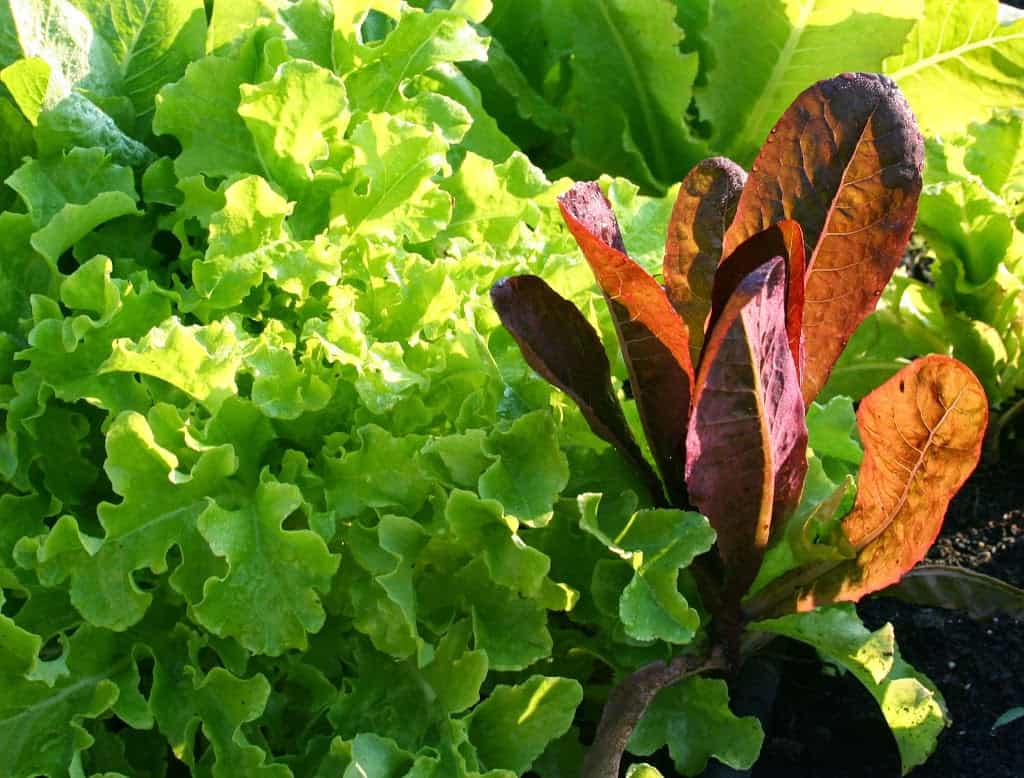Growing Lettuce
Lettuce can be grown as soon as the soil can be worked in the spring. Lettuce prefers cool weather; hot weather makes it set seeds or “bolt”, sending up a thick, central stem to produce seeds. Once lettuce bolts, it’s bitter – no two ways about it. It prefers cool weather and fares well in the early spring and late fall.







